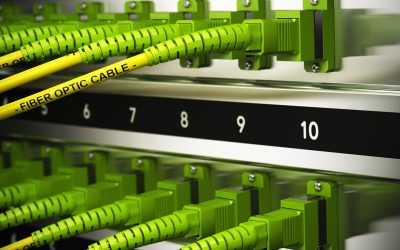Interested in 3D printing? If you’re interested in learning a bit more about this technology before you take your own 3D printer home, here are a few essentials you should know from HowStuffWorks to help get started:
What is a 3D printer? A 3D printer is a machine that operates similarly to your regular inkjet printer. Instead of printing with ink however, it prints with a variety of manufacturing materials (such as plastic). The 3D printer extrudes the printing material onto a build plate, much like an inkjet printer deposits ink onto a sheet of paper. It does this hundreds (or even thousands) of times, layering the material vertically to create a 3 dimensional object.
What is 3D printing? The industry term for 3D printing is additive manufacturing – the process of adding material to create an object. This is different from the more traditional subtractive manufacturing, wherein objects are essentially carved out of raw materials (similar to how an artist might create a sculpture by subtracting the excess material from a larger rock or piece of wood). With additive printing, computer software tells the printer exactly where material is required to create your desired object (similar to how a baker would write “Happy Birthday” on top of a cake, by extruding frosting in a particular pattern).
What is 3D filament? 3D printing filament is essentially the “ink” used to create 3D objects. It’s the raw material from which your 3D prints are built, and determines the final properties of your printed item in terms of strength, flexibility, color, etc. For use in 3D printing, the printable material (for example, ABS plastic) is purchased as a continuous thread that’s been coiled onto a spool – much like a spool of sewing thread, but significantly larger. This spool of 3D printing filament is fed into the 3D printer, and (much like a glue gun) continues to feed in as it’s consumed. The particular object you’re creating and the compatibility of your printer will help determine the type of filament (raw material) appropriate for your print.
How Should you Store 3D Printing Filament? For plastic filament, airtight storage is critical. Many filament materials are prone to absorbing moisture from the air around them – changing the chemical makeup of the filament over time, and degrading the consistency of the material. During printing, the heat applied during the process can cause excess water to bubble or pop. This distorts the filament by forcing out excess plastic or interrupting the flow, and in turn distorting your print. If you want to keep your filament spools in ideal condition, store them in plastic bins and use uncooked rice (or desiccant packs) to keep them dry.
Using this basic information to get started, you can learn more about 3D printing through hands-on trial and error. You’ll continue to discover more as you go forward, experimenting and making the most out of the tremendous potential this technology has to offer.





